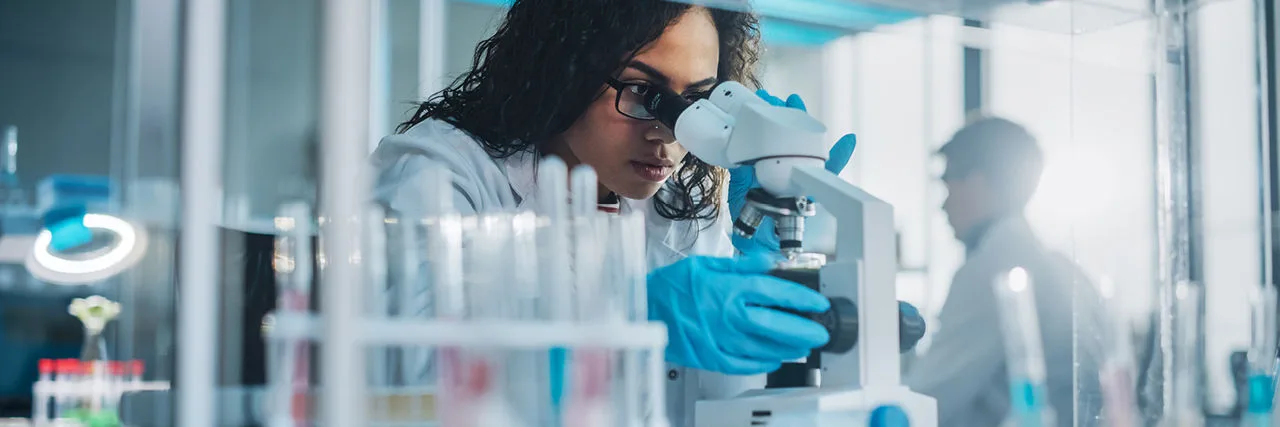When blood sugar drops and hypoglycemia occurs, it is critical for individuals with type 1 diabetes to receive immediate treatment to raise their blood sugar. If left untreated, it can lead to severe confusion, seizures, or even loss of consciousness. One of the main ways of treating hypoglycemia is administering glucagon.
Glucagon is a hormone that stimulates the body to convert glycogen into glucose. It also keeps the liver from consuming too much glucose so that it can be circulated in the bloodstream instead. Traditionally, glucagon is delivered through an intramuscular injection. A solution is mixed to dissolve the glucagon, then it is administered by syringe.
However, many caregivers – or even bystanders – may be hesitant to give someone else a shot of glucagon. Preparing the syringe and shot is a multistep process and can be confusing if the person is not properly trained. Plus, they are under considerable stress in emergency situations where it must be given, which can complicate things even further.
A new study has found that nasal glucagon may be just as effective as intramuscular glucagon in raising blood sugar levels during episodes of hypoglycemia. There is no preparation necessary before administering the medication. It is a powder that comes in a single-use device that is sprayed up the nose. It isn’t even necessary for the patient to inhale because the powder is absorbed on its own.
Both treatment methods were tested on 70 adult participants with type 1 diabetes. A state of hypoglycemia was induced, and then they were treated with either the intramuscular or nasal glucagon. One to seven days later, the process was repeated, and the other form of medication was administered. In 100 percent of cases, hypoglycemia was reversed and participants had no serious adverse events. In 97 percent of cases, treatment success was achieved within 15 minutes.
This new treatment option was presented at the European Association for the Study of Diabetes (EASD) by Leona Plum-Moerschel, MD, of Profil Mainz, Germany. According to Plum-Moerschel, “I think we can all agree that the safety profile is very much acceptable for an emergency treatment. I personally would expect that, due to its simplicity of use, nasal glucagon will create a greater community who can render quick aid in a rescue situation.”
The Diabetes Research Connection (DRC) is interested to see if this nasal formulation will be brought to market and how it will affect the treatment of hypoglycemia in children and adults. It is encouraging to see treatment options becoming more user-friendly so that even non-medical personnel can effectively administer emergency medications.
The DRC supports research geared toward the treatment and prevention of type 1 diabetes, as well as improvement of quality of life for those living with the disease. Access to funding is essential for scientists to continue advancing their research, and the DRC provides these types of resources. To learn more about current projects and donate to support these efforts, visit https://diabetesresearchconnection.org.




